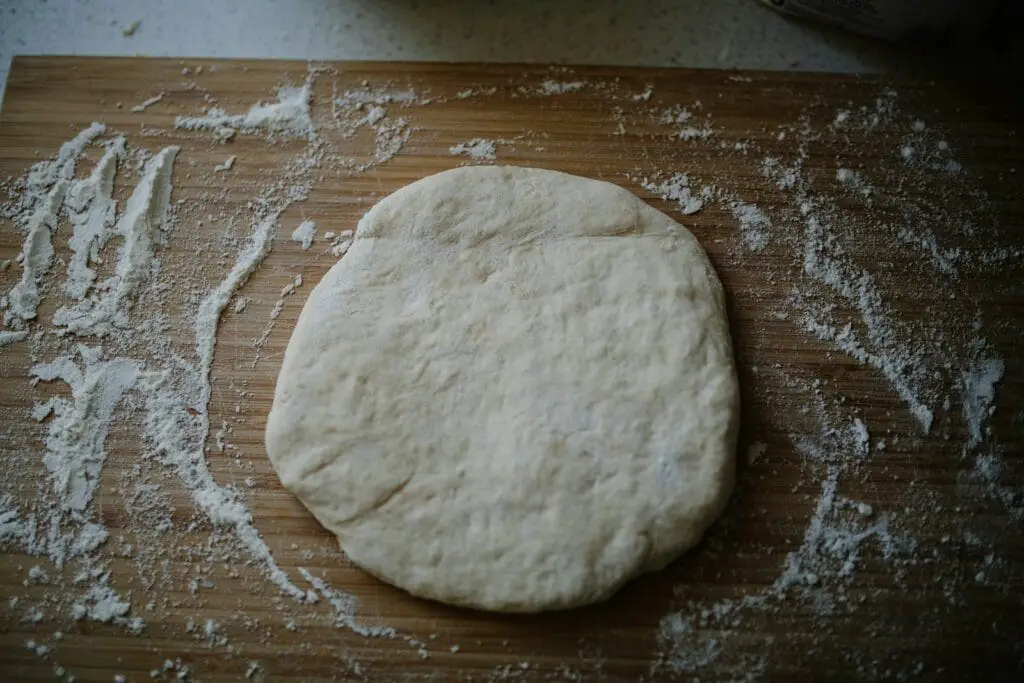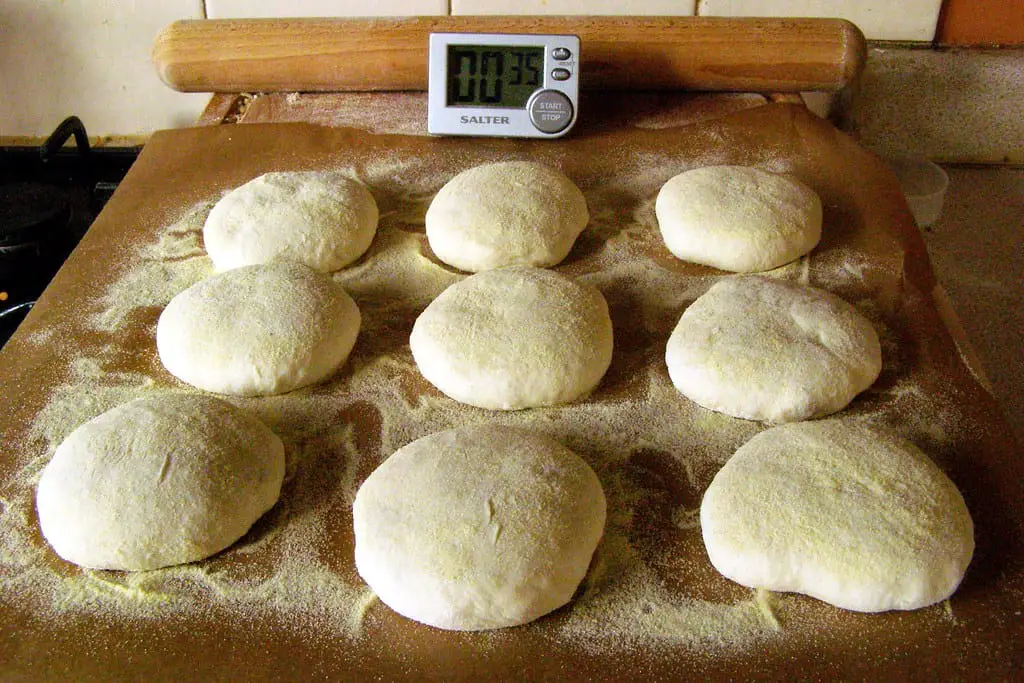If you’ve ever wondered why some breads are light and airy with big open holes while others are dense, tight-crumbed, and chewy, the answer often comes down to one key factor: dough hydration. Understanding this concept is crucial for any baker—whether you’re just starting out or have a few loaves under your belt.
Dough hydration impacts nearly every aspect of bread-making. It affects how the dough feels, how it’s handled, how it rises, how it bakes, and of course, how the final loaf tastes and looks. In this guide, we’ll explore everything you need to know about hydration levels in bread, and how to use that knowledge to level up your baking skills.
Table of Contents
What Is Dough Hydration?

Dough hydration is a percentage that represents the ratio of water to flour in a bread recipe. It’s a basic formula, but it has a powerful effect on the outcome of your dough. The calculation looks like this:
Hydration (%) = (Water weight ÷ Flour weight) × 100
So, for instance, if you use 500 grams of flour and 350 grams of water, your dough hydration is 70%. This number gives you an idea of how wet or dry your dough will be, and it tells you a lot about what to expect during the kneading, shaping, and baking process.
Why Hydration Matters in Bread Baking

Every baker wants to achieve certain qualities in their bread: a golden crust, an open crumb, or a soft and fluffy inside. The hydration level of your dough plays a major role in all of these aspects.
- Low-hydration doughs are firmer, easier to shape, and hold their form well. They produce tighter crumbs and are ideal for sandwich breads or bagels.
- High-hydration doughs are wetter and stickier, but they allow for better gluten development, more open crumb structures, and crispier crusts. These are common in artisan-style loaves like ciabatta or focaccia.
Learning how hydration works and seeing how different levels behave can give you complete control over the final result of your bread.
Let’s Break Down Dough Hydration Levels by Percentage
Take a look at the hydration levels shown in the image above. It’s a visual guide showing how dough behaves from 50% hydration all the way to 100%. Here’s a practical explanation of what each level means and how it performs in your kitchen.
50% Hydration – Extremely Stiff
This is the driest dough you’ll likely ever work with. At 50% hydration, the dough is tough, hard to mix, and barely pliable. You’ll often need a stand mixer just to bring the ingredients together. This hydration level is usually used for cracker-style breads, hard breadsticks, or some traditional European breads that don’t require an open crumb. Don’t expect much rise or softness here.
60% Hydration – Dense but Usable
At 60%, the dough is still quite firm, but more manageable than 50%. It holds its shape extremely well, making it great for sandwich loaves or bagels where structure is important. You’ll notice the crumb is still relatively tight, and shaping the dough is easy. There’s less fermentation drama, but also less complexity in flavor.
65% Hydration – Balanced and Beginner-Friendly
This is the sweet spot for beginners. Dough at this level is firm but pliable, easy to knead by hand or with a mixer, and forgiving during shaping. You can produce beautiful white sandwich breads, buns, and soft dinner rolls without worrying about stickiness. It’s also a great place to start before moving to higher hydration levels.
70% Hydration – The Artisan’s Gateway
Now you’re entering the artisan bread zone. Dough at 70% hydration is noticeably softer and slightly sticky, but still easy enough to work with once you understand basic techniques. This is perfect for rustic sourdough loaves, pizza dough, and country-style batards. Expect a more open crumb, chewy interior, and a crust that crackles beautifully when baked.
80% Hydration – Sticky, Airy, and Full of Flavor
At 80%, the dough becomes very soft and sticky to the touch. Traditional kneading becomes difficult, so you’ll rely on the stretch-and-fold method or no-knead techniques. This is where you start to see those big, irregular holes inside your bread—ideal for ciabatta and focaccia. Fermentation times may be longer, but the results are incredibly flavorful with a light and open crumb.
100% Hydration – Batter, Not Dough
This is essentially a pourable mixture rather than a dough. At this point, you’re working with a starter or batter-based bread like crumpets or injera. There’s no shaping or kneading; it goes straight into a pan or mold. Interestingly, sourdough starters are often maintained at 100% hydration, making them easy to mix and measure consistently.
Choosing the Right Hydration for Your Bread
The ideal hydration level depends on what you want from your bread. Here’s a practical guide:
- Soft sandwich bread: Stick to 60–65%. It gives you control and a soft crumb that’s easy to slice.
- Sourdough loaves: Try 70–75%. You’ll get good rise, flavor, and that open, holey texture.
- Ciabatta and focaccia: Go for 80% and above to create that light, bubbly texture with a chewy crust.
- Crackers or flatbreads: Lower hydration (50–55%) gives a crispy result and tight texture.
If you’re just getting comfortable, start at 65% and increase hydration in small steps to build confidence.
Practical Tips for Handling High-Hydration Dough
Working with wetter dough can be challenging at first. Here are a few tricks that make life easier:
- Keep your hands wet or oiled: This prevents dough from sticking and makes handling easier.
- Use a bench scraper: An essential tool for moving, shaping, and lifting wet dough.
- Use stretch-and-folds instead of kneading: Gentle folds over time build gluten without deflating the dough.
- Let it rest: Autolyse (resting flour and water before mixing other ingredients) helps hydrate flour and reduce stickiness.
- Cold fermentation: Chilling the dough overnight helps it firm up and develop deeper flavor.
Try the Free Dough Hydration Helper
Want to know exactly how your dough will turn out before you mix it? Use our free tool to calculate hydration, discover what kind of dough you’re working with, and get a complete, customized bread recipe.
Just enter your flour and water amounts (in grams or cups), and our Dough Hydration Helper will do the rest. Perfect for all skill levels.


